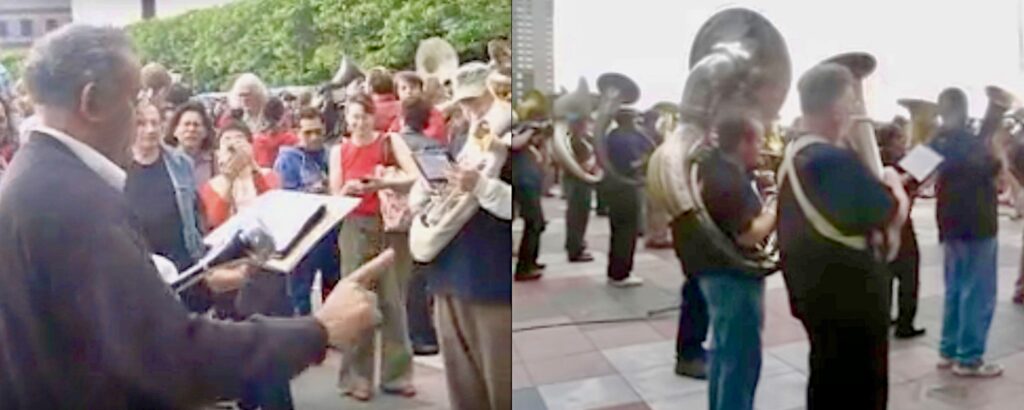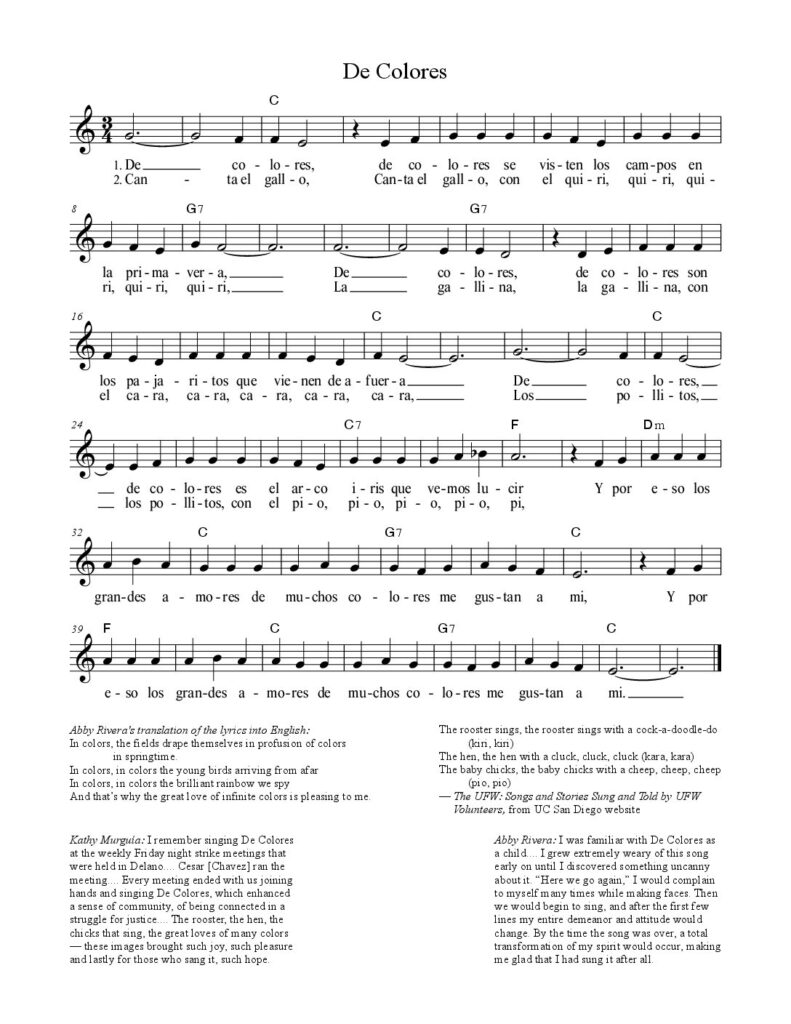The whole nonbinary gender thing is new and different, right? I mean, that’s why old people are so worked up about transgender and nonbinary, because it’s so new. Right?
Well, no. Now that I’m officially past the age of sixty, I qualify as old people (you can’t call me middle-aged, that’s for sure). And to me, non-binary gender seems normal. It doesn’t feel new at all. So how come an old guy like me feels that way?
Russell Arben Fox has been doing a series on pop music from 1983 at his blog In Media Res. I’ve been following his series in a desultory fashion, and I finally tumbled to one of his main point — that a lot of pop music from the early 1980s bent or broke gender norms. David Bowie was especially well-known for androgyny. I remember a friend, someone we’d now call nonbinary gender, commenting on how great it was that Bowie was so publicly gender non-conforming. Prince came along a bit after Bowie, became far more famous, and was just as androgynous. Among less well known musicians, Annie Lenox, the lead singer of Eurythmics, frequently wore androgynous clothing. In the New Wave band The Human league, singers Philip Oakey, Susan Ann Sulley, and Joanne Catherall, wore the same makeup. The list goes on….

You can find a lot of androgyny in early 1980s pop music. It was the logical extension of cultural trends that began in the 1960s — guys with long hair and big Afros, the feminist revolution challenging gender roles, and so on. By the early 1980s, Poly Styrene of X-Ray Spex felt no need to play the role of a sexy girlie lead singer — she could just be herself without being forced into someone else’s (mis)conception of what it meant to be female. Nor was it just the musicians — that’s what people going to clubs, or just listening to the music, were doing, too.
That historic moment didn’t last long. The Reagan revolution rolled back progress in gender. The Clinton years cemented the regression. In this century, everyone seems to have forgotten that nonbinary gender was a thing, before it was even called nonbinary gender. I’d forgotten about it until I started looking at those old music videos from that era. But it did happen. For a few years, when I was in my late teens and early twenties, androgyny was socially acceptable (in the big cities, anyway). As a product of that era, no wonder I’m much more comfortable with nonbinary gender than with the strict gender roles and gender norms that came later.
Personally, I’m glad nonbinary gender is back. I feel it’s much easier than everyone being crammed into the same tiny little gender boxes. Sigh. Too bad Ron DeSantis and the Florida state legislature don’t feel the same way.



